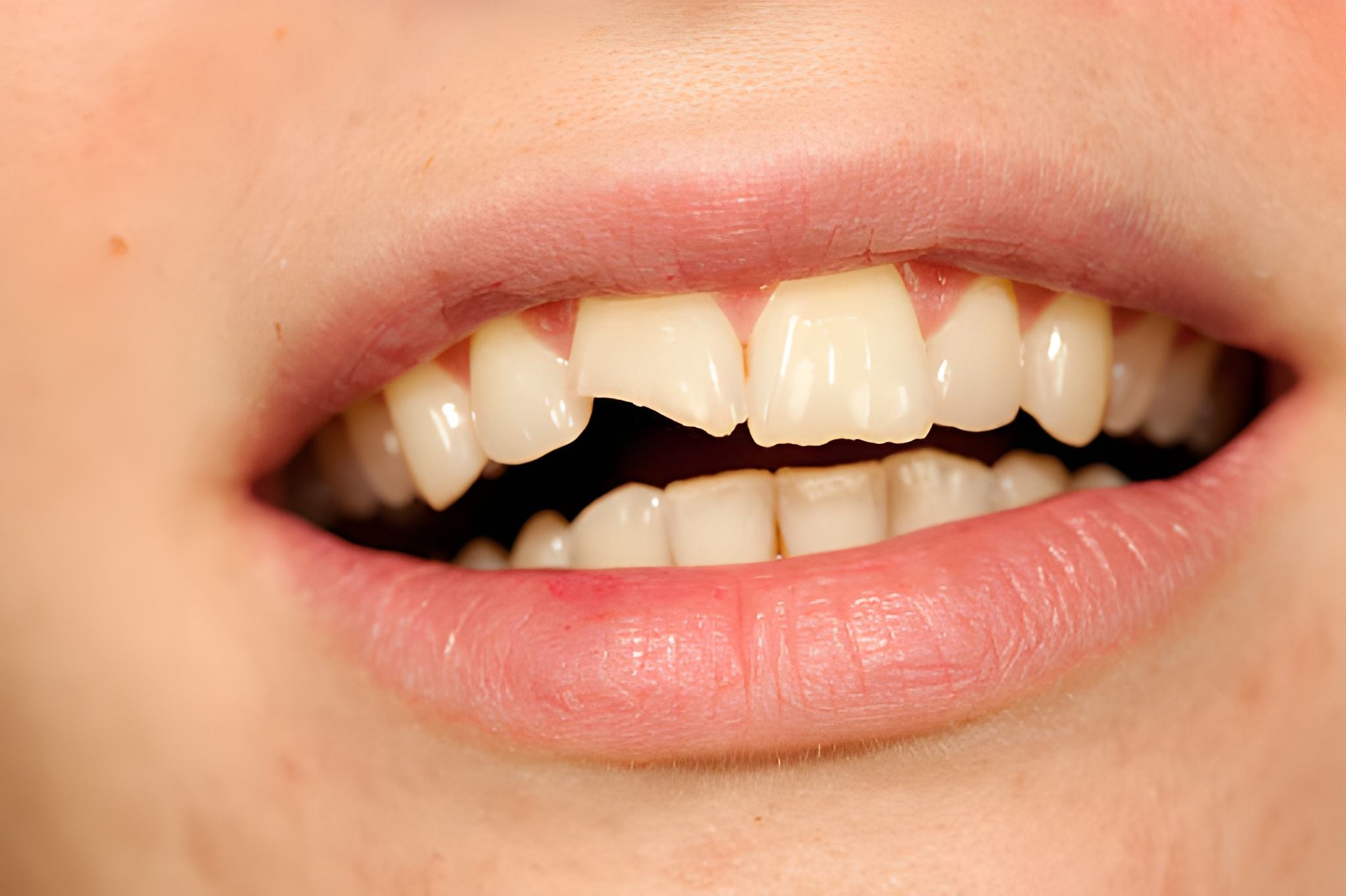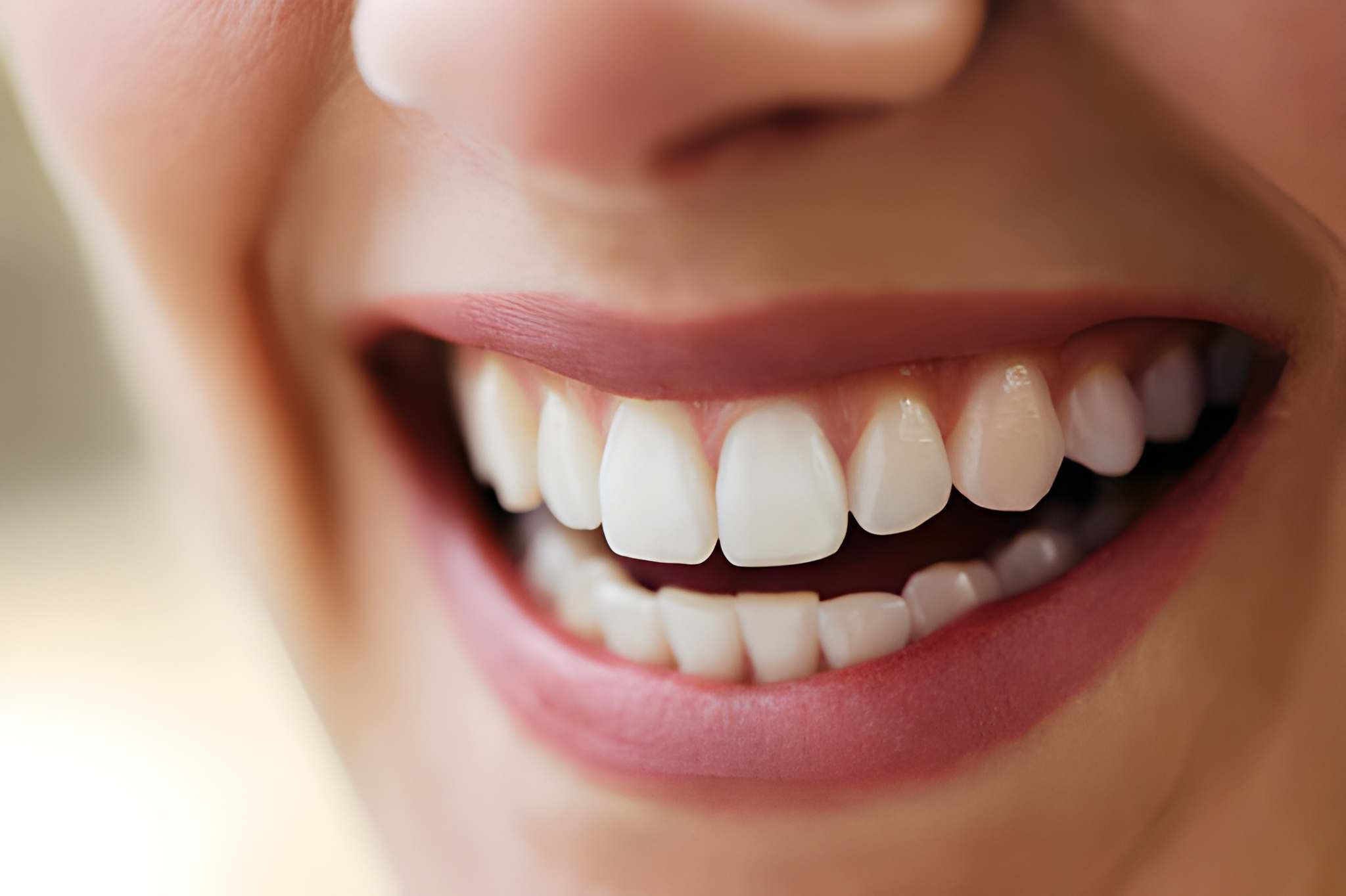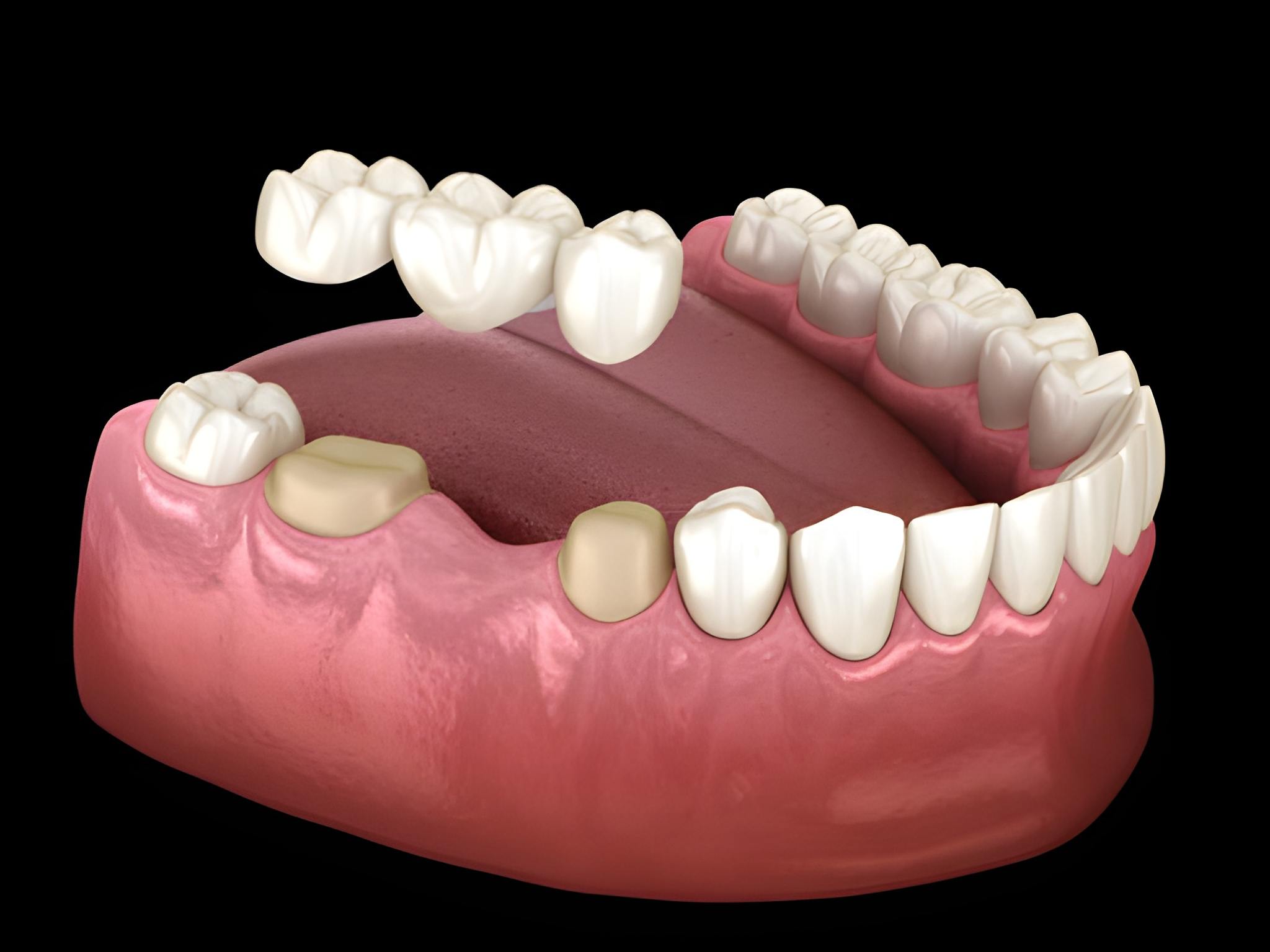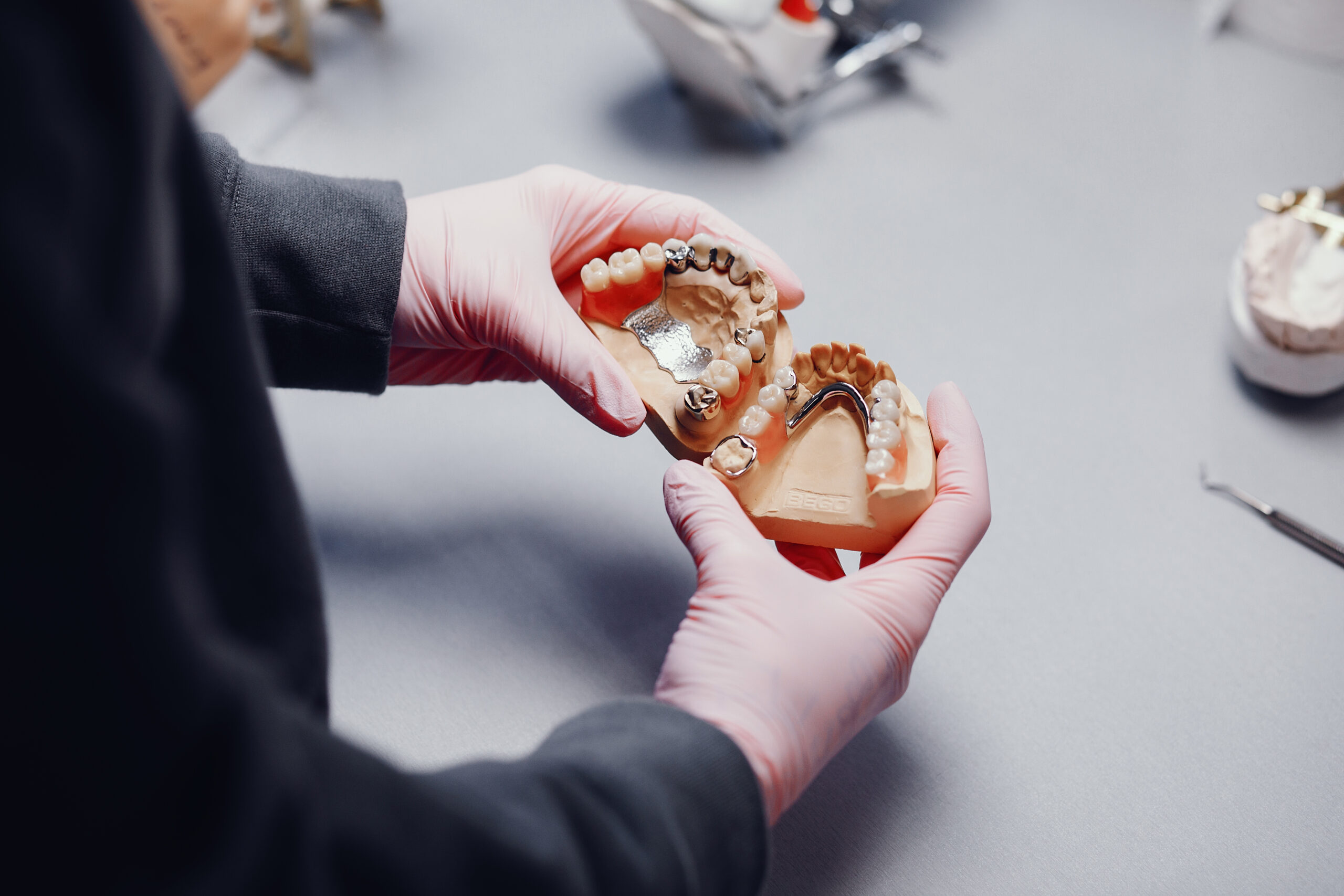Home 5 Signs You’re A Good Candidate For Invisalign Braces
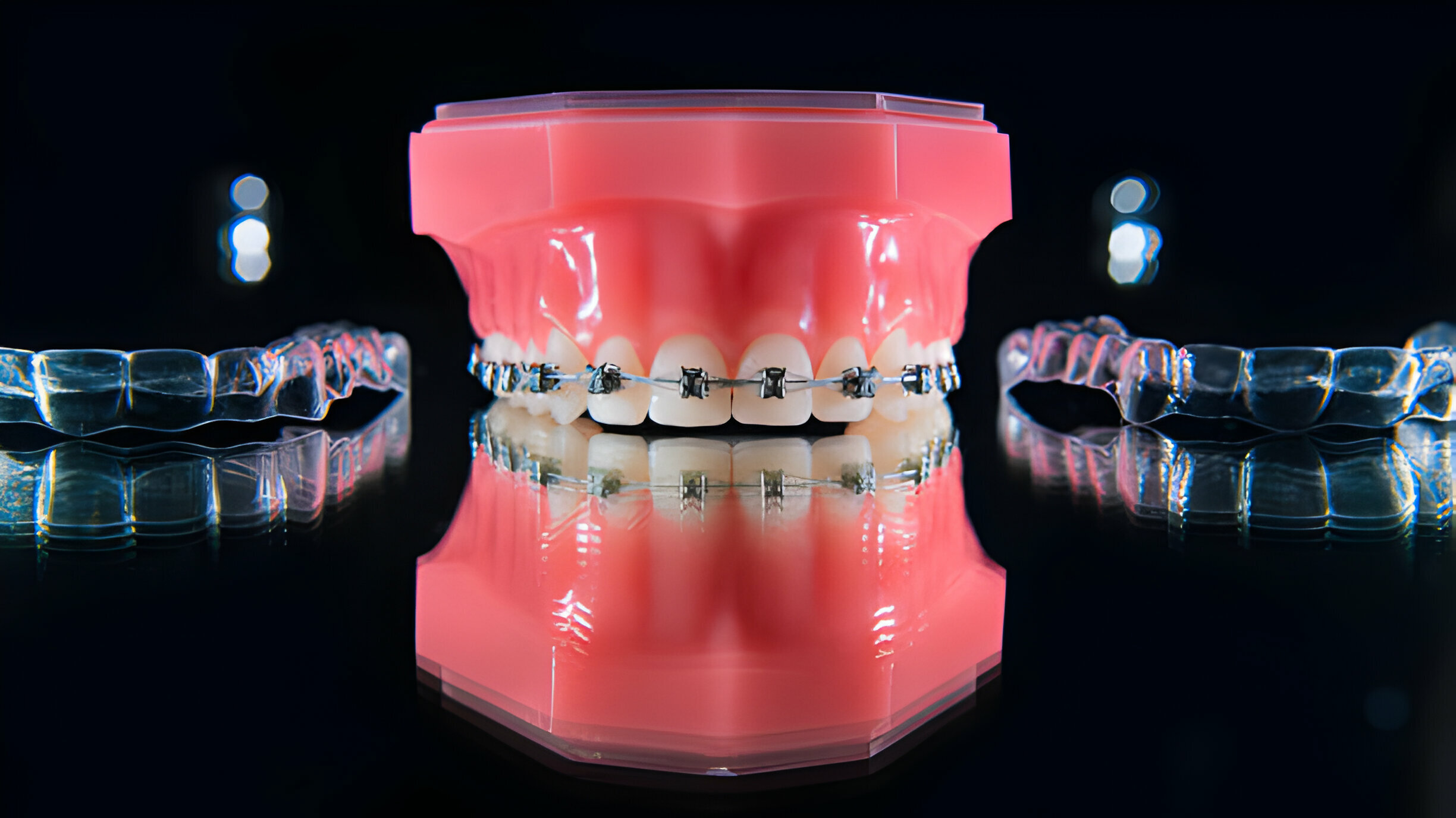
Are you also among the 65% of US residents with misaligned, malformed, or broken teeth?
If so, it’s quite likely that your orthodontist has already suggested braces for your treatment.
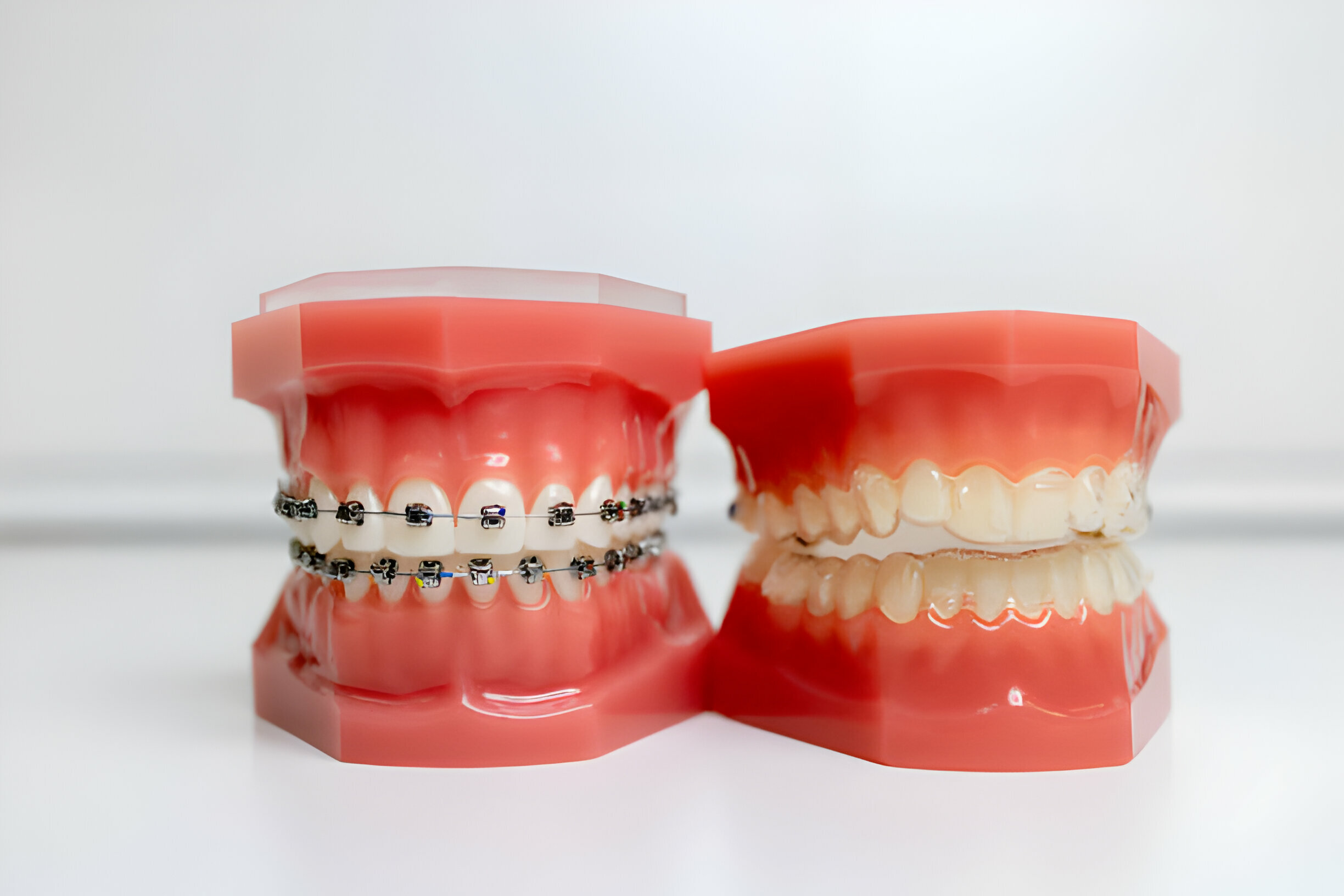
Sadly, not everyone welcomes the idea of wearing metal brackets and wires to fix their smile. Given a choice, most individuals would like to switch to a more comfortable, discreet alternative.
This is where transparent braces or Invisalign enter as a breakthrough orthodontic treatment option. Clear aligners help you change your smile without the hassle of metal brackets.
However, not everyone is an ideal candidate for these braces. The treatment is only possible if your oral health qualifies for alignment using aligners.
Let’s learn more about it as we discuss topics like:
Continue reading in the following sections as we learn more about what makes you eligible for these transparent braces.
Invisalign braces have transformed orthodontic care by introducing discreet and transparent aligners. These braces are designed using thermoplastic materials to reposition the teeth gradually.
The procedure involves a series of transparent, custom-made plastic trays that fit over your teeth to move them in position. It also involves different sets of Invisalign braces to align your teeth properly.
During this period, your dentist in Grants will suggest certain guidelines that you need to follow to accelerate the process and improve your smile.
The popularity of clear braces stems from their nearly invisible appearance and the ability to correct various dental issues effectively. Their convenience and effectiveness in achieving desired dental outcomes have gained popularity among adults and teens, resulting in 96% user satisfaction with the appliance.
Wondering if clear braces are right for you? Below are a few conditions in which you should go for these:
Misaligned teeth are a severe condition that affects not only your oral health but also your overall lifestyle. They can cause your teeth to become overcrowded or gapped, leaving room for infection.
However, this is where Invisalign enters as a seamless treatment to address your misaligned teeth. The appliance gradually shifts your teeth into the desired position, giving you a straighter and more aesthetically pleasing smile.
Overbites, underbites, and crossbites can cause discomfort and affect one’s ability to chew correctly. In severe situations, they can also result in jaw pain or TMJ disorders.
Clear braces can help correct these bite issues by guiding your teeth into proper alignment, improving both function and comfort. The appliance is also great for improving your bite force and addressing oral health.
Diastema is a condition in which individuals have gaps or spaces between teeth. While natural, these gaps make most individuals self-conscious. Apart from aesthetic concerns, these gaps can impact oral health by making it easier for food particles to get trapped between teeth. In turn, this increases the risk of gum disease.
However, this is where Invisalign can help close such gaps. The braces push unaligned teeth into position, gradually improving your aesthetics and smile.
Crowded teeth are common among individuals with insufficient room in the jaw for all teeth to line up correctly. It often results in overlapping or twisted teeth, making cleaning difficult.
When left untreated, oral conditions can quickly escalate into problems like cavities and gum disease. Invisalign treatment can help eliminate these conditions by pushing teeth into the correct position, creating more space, and improving oral hygiene.
Misaligned teeth and bite problems can place undue stress on the jaw joints, leading to discomfort, pain, and headaches. It could also result in TMJ in certain cases, making it almost impossible for you to continue with everyday tasks like eating or talking.
Invisalign treatment improves the alignment of your teeth and helps alleviate these symptoms by ensuring proper bite alignment. The flexible braces distribute your bite force equally and help alleviate your jaw discomfort and pain.
Maintaining your transparent braces is essential for the long-term success of your treatment. Sadly, many individuals tend to overlook this aspect of the treatment.
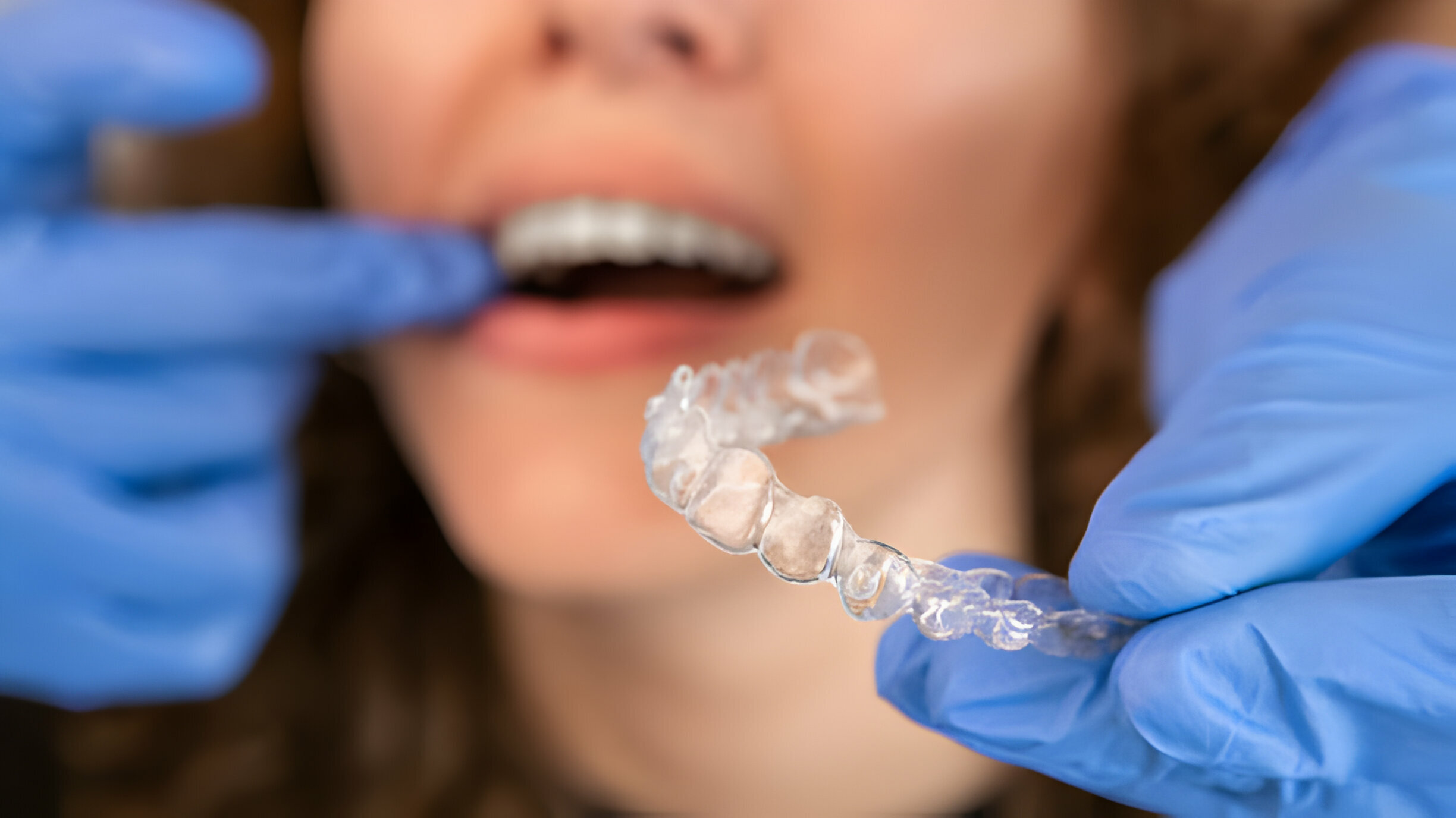
So here are some proven tips to help you keep your braces in good condition:
Before committing to Invisalign, you must discuss it with your dentist. Here are five signs that clear braces might not be the best option for you:
Invisalign may not be suitable for addressing severe orthodontic concerns such as significant overcrowding or complex bite issues. In such cases, your dentist might suggest traditional braces for effective treatment.
Success with transparent retainers hinges on consistency. You must wear the appliance for 20 to 22 hours daily. However, if you can’t wear them consistently, Invisalign won’t be effective.
While Invisalign costs are comparable to traditional braces, additional expenses like replacement aligners or lost trays should be considered. Traditional braces could be a more economical choice if you’re on a tight budget.
Though the duration of Invisalign treatment is similar, traditional braces could be faster in certain instances. For instance, when your dentist requires precise control over tooth movement, they’d choose traditional braces over clear aligners.
Proper care and maintenance of clear aligners are essential for treatment to be successful. However, individuals prone to misplacing items or struggling with a rigorous cleaning regimen might find it hard to wear aligners.

